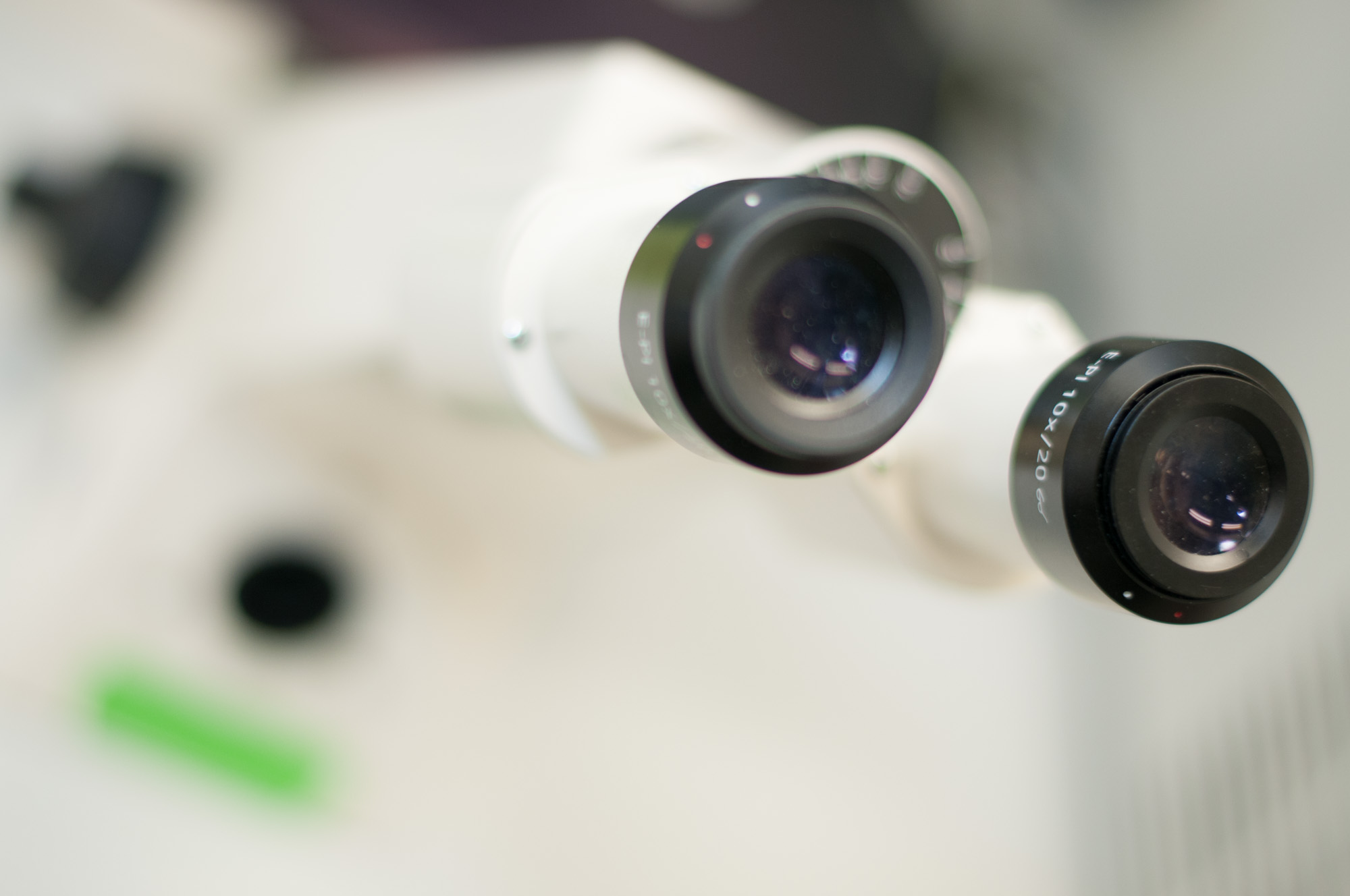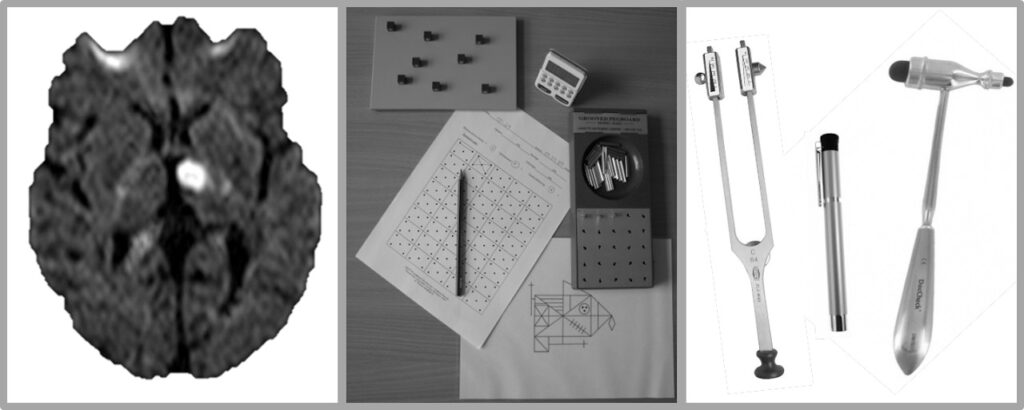Gronewold J, Engels M. The Lonely Brain – Associations Between Social Isolation and (Cerebro-) Vascular Disease From the Perspective of Social Neuroscience. Front Integr Neurosci. 2022;16:729621.
Gronewold J, Jokisch M, Schramm S, Jockwitz C, Miller T, Lehmann N, Moebus S, Jöckel KH, Erbel R, Caspers S, Hermann DM; Heinz Nixdorf Recall Study Investigative Group. Association of Blood Pressure, Its Treatment, and Treatment Efficacy With Volume of White Matter Hyperintensities in the Population-Based 1000BRAINS Study. Hypertension. 2021;78(5):1490-501.
Gronewold J, Hermann DM. Social isolation and risk of fatal cardiovascular events. Lancet Public Health. 2021;6(4):e197-8.
Gronewold J, Kropp R, Lehmann N, Stang A, Mahabadi AA, Weimar C, Dichgans M, Moebus S, Kröger K, Hoffmann B, Jöckel KH, Erbel R, Hermann DM; Heinz Nixdorf Recall Study Investigative Group. Population impact of different hypertension management guidelines based on the prospective population-based Heinz Nixdorf Recall study. BMJ Open. 2021;11(2):e039597.
Gronewold J, Engels M, van de Velde S, Cudjoe TKM, Duman EE, Jokisch M, Kleinschnitz C, Lauterbach K, Erbel R, Jöckel KH, Hermann DM. Effects of Life Events and Social Isolation on Stroke and Coronary Heart Disease. Stroke. 2021;52(2):735-47.
Gronewold J, Lenuck MCI, Gülderen I, Scharf AC, Penzel T, Johns MW, Frohnhofen H, Hermann DM. Developing an Alternative Version of the Epworth Sleepiness Scale to Assess Daytime Sleepiness in Adults with Physical or Mental Disabilities. Gerontology. 2021;67(1):49-59.
Gronewold J, Kropp R, Lehmann N, Schmidt B, Weyers S, Siegrist J, Dragano N, Jöckel KH, Erbel R, Hermann DM; Heinz Nixdorf Recall Study Investigative Group. Association of social relationships with incident cardiovascular events and all-cause mortality. Heart. 2020;106(17):1317-23.
Scharf AC, Gronewold J, Dahlmann C, Schlitzer J, Kribben A, Gerken G, Frohnhofen H, Dodel R, Hermann DM. Clinical and functional patient characteristics predict medical needs in older patients at risk of functional decline. BMC Geriatr. 2020;20(1):75.
Gronewold J, Kropp R, Lehmann N, Stang A, Mahabadi AA, Kälsch H, Weimar C, Dichgans M, Budde T, Moebus S, Jöckel KH, Erbel R, Hermann DM. Cardiovascular Risk and Atherosclerosis Progression in Hypertensive Persons Treated to Blood Pressure Targets. Hypertension. 2019;74(6):1436-47.
Scharf AC, Gronewold J, Dahlmann C, Schlitzer J, Kribben A, Gerken G, Rassaf T, Kleinschnitz C, Dodel R, Frohnhofen H, Hermann DM. Health outcome of older hospitalized patients in internal medicine environments evaluated by Identification of Seniors at Risk (ISAR) screening and geriatric assessment. BMC Geriatr. 2019;19(1):221.
Bieber M, Gronewold J, Scharf AC, Schuhmann MK, Langhauser F, Hopp S, Mencl S, Geuss E, Leinweber J, Guthmann J, Doeppner TR, Kleinschnitz C, Stoll G, Kraft P, Hermann DM. Validity and Reliability of Neurological Scores in Mice Exposed to Middle Cerebral Artery Occlusion. Stroke. 2019;50(10):2875-82.
Gronewold J, Todica O, Seidel UK, Volsek M, Kribben A, Bruck H, et al. Cognitive performance is highly stable over a 2-year-follow-up in chronic kidney disease patients in a dedicated medical environment. PLoS One. 2016; 11(11):e0166530.
Gronewold J, Klafki HW, Baldelli E, Kaltwasser B, Seidel UK, Todica O, et al. Factors Responsible for Plasma β-Amyloid Accumulation in Chronic Kidney Disease. Mol Neurobiol. 2016; 53(5):3136-45.
Hermann DM, Lehmann N, Gronewold J, Bauer M, Mahabadi AA, Weimar C, et al. Thoracic aortic calcification is associated with incident stroke in the general population in addition to established risk factors. Eur Heart J Cardiovasc Imaging. 2015; 16(6):684-90.
Kara K, Gronewold J, Neumann T, Mahabadi AA, Weimar C, Lehmann N, et al. B-type natriuretic peptide predicts stroke of presumable cardioembolic origin in addition to coronary artery calcification. Eur J Neurol. 2014; 21(6):914-21.
Seidel UK, Gronewold J, Volsek M, Todica O, Kribben A, Bruck H, et al. The prevalence, severity, and association with HbA1c and fibrinogen of cognitive impairment in chronic kidney disease. Kidney Int. 2014; 85(3):693-702.
Gronewold J, Bauer M, Lehmann N, Mahabadi AA, Kälsch H, Weimar C, et al. Coronary artery calcification, intima-media thickness, and ankle-brachial index are complementary stroke predictors. Stroke. 2014; 45(9):2702-9.




